The natural world is a delicate balance, one that’s increasingly threatened by human activity. From climate change to habitat destruction, many animal species face uncertain futures. As stewards of this planet, it’s crucial to understand which species are most at risk and why. This article delves into 20 animals that could vanish in the next 50 years, highlighting the urgency of conservation efforts needed to save them.
Amur Leopard

The Amur leopard, native to Far East Russia and parts of China, is critically endangered, with fewer than 100 individuals remaining in the wild. Habitat destruction and poaching are the primary threats to this elusive big cat, emphasizing the need for stringent anti-poaching laws and the preservation of their natural habitats.
Sumatran Orangutan
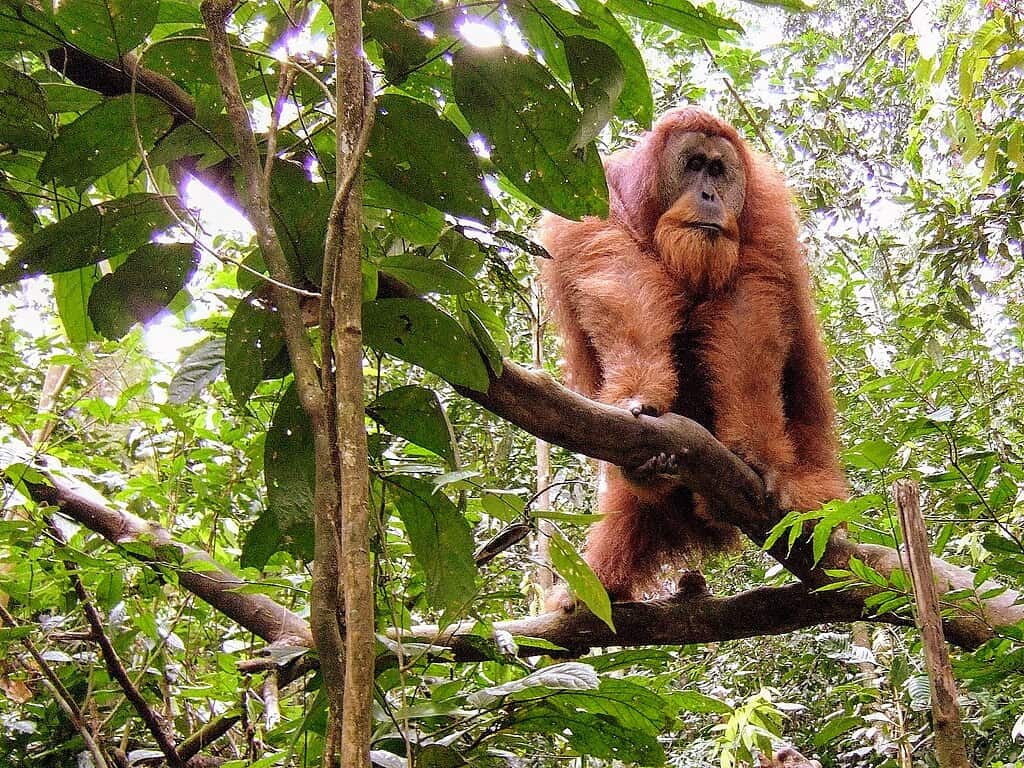
Deforestation for palm oil plantations is driving the Sumatran orangutan closer to extinction. With only around 13,600 individuals left, these intelligent primates face a precarious future unless significant conservation measures are taken to protect their dwindling forest homes.
Vaquita
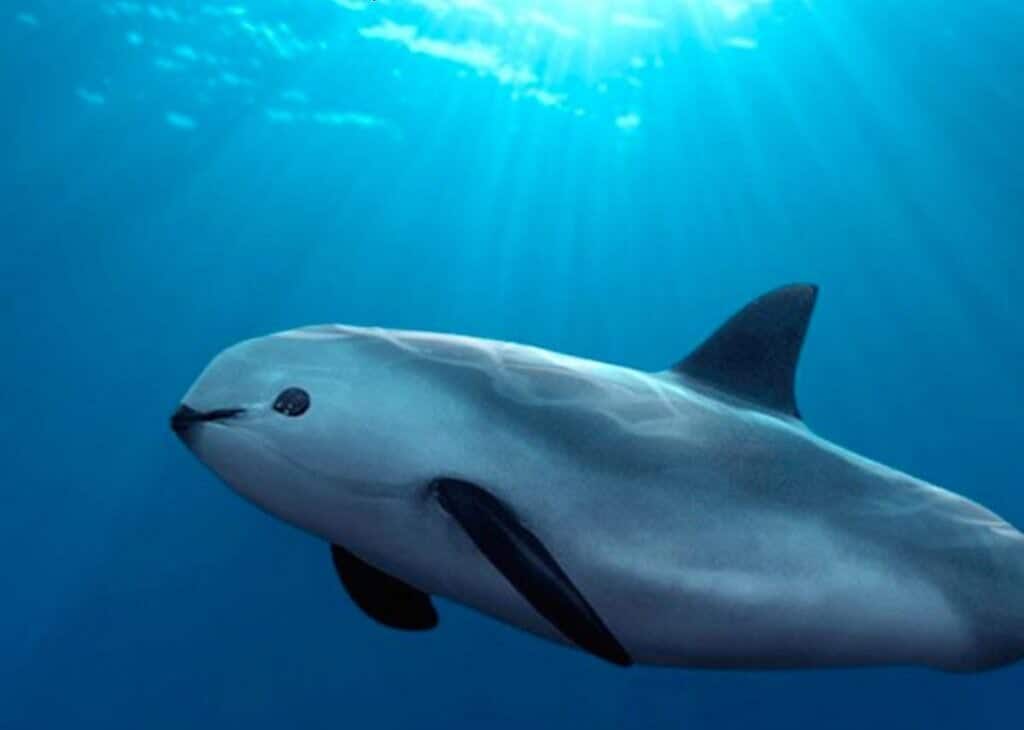
This small porpoise, found only in the northern part of the Gulf of California, is teetering on the brink of extinction. With less than 10 known individuals left, the vaquita’s survival depends on curbing illegal fishing and eliminating bycatch in fishing nets.
Javan Rhino

Once widespread throughout Southeast Asia, the Javan rhino is now critically endangered, confined to a single park in Indonesia with fewer than 75 left. Habitat destruction and poaching pose significant threats, necessitating enhanced protection measures to ensure their survival.
Hawksbill Turtle
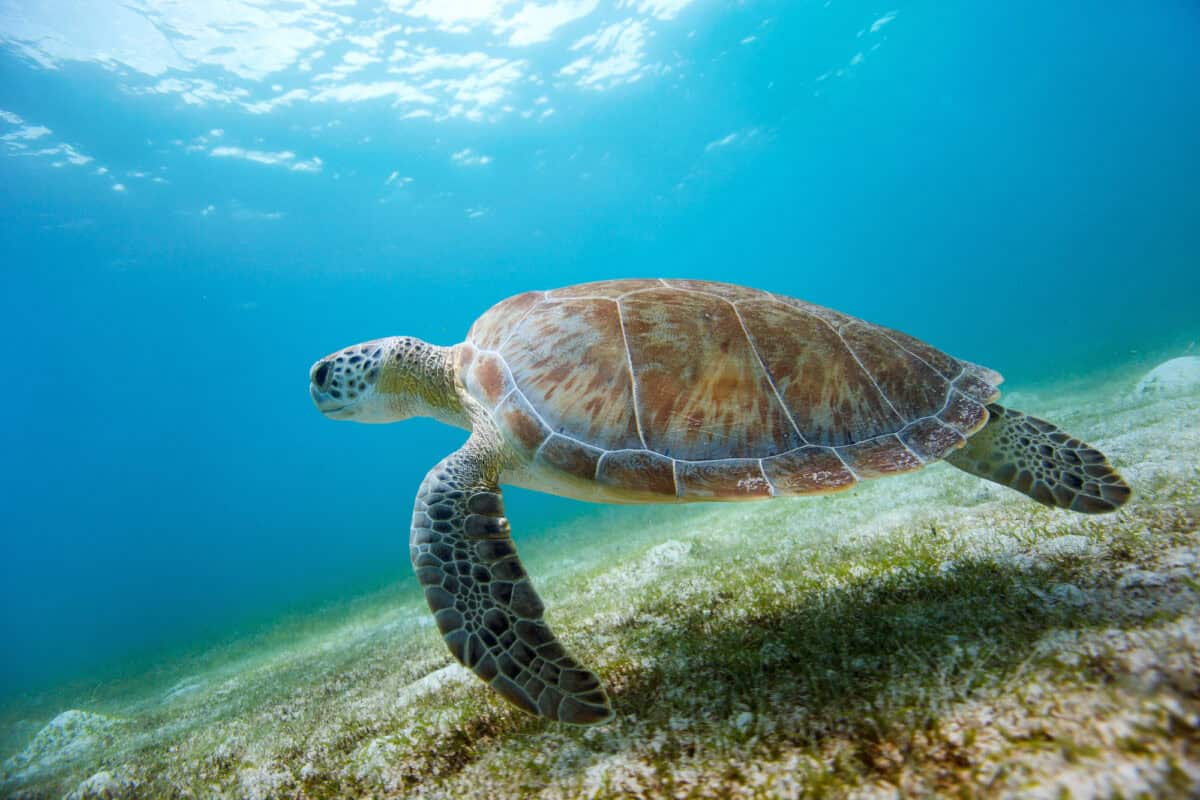
The hawksbill turtle, known for its beautiful shell, faces threats from illegal trade, beach development, and climate change. As a critical player in maintaining healthy coral reef systems, their conservation is vital for both their future and marine biodiversity.
Cross River Gorilla

Found on the Nigeria-Cameroon border, the Cross River gorilla is Africa’s rarest great ape, with approximately 250 left in the wild. Habitat loss through logging and agriculture, coupled with illegal hunting, threatens their scarce populations.
Yangtze Finless Porpoise
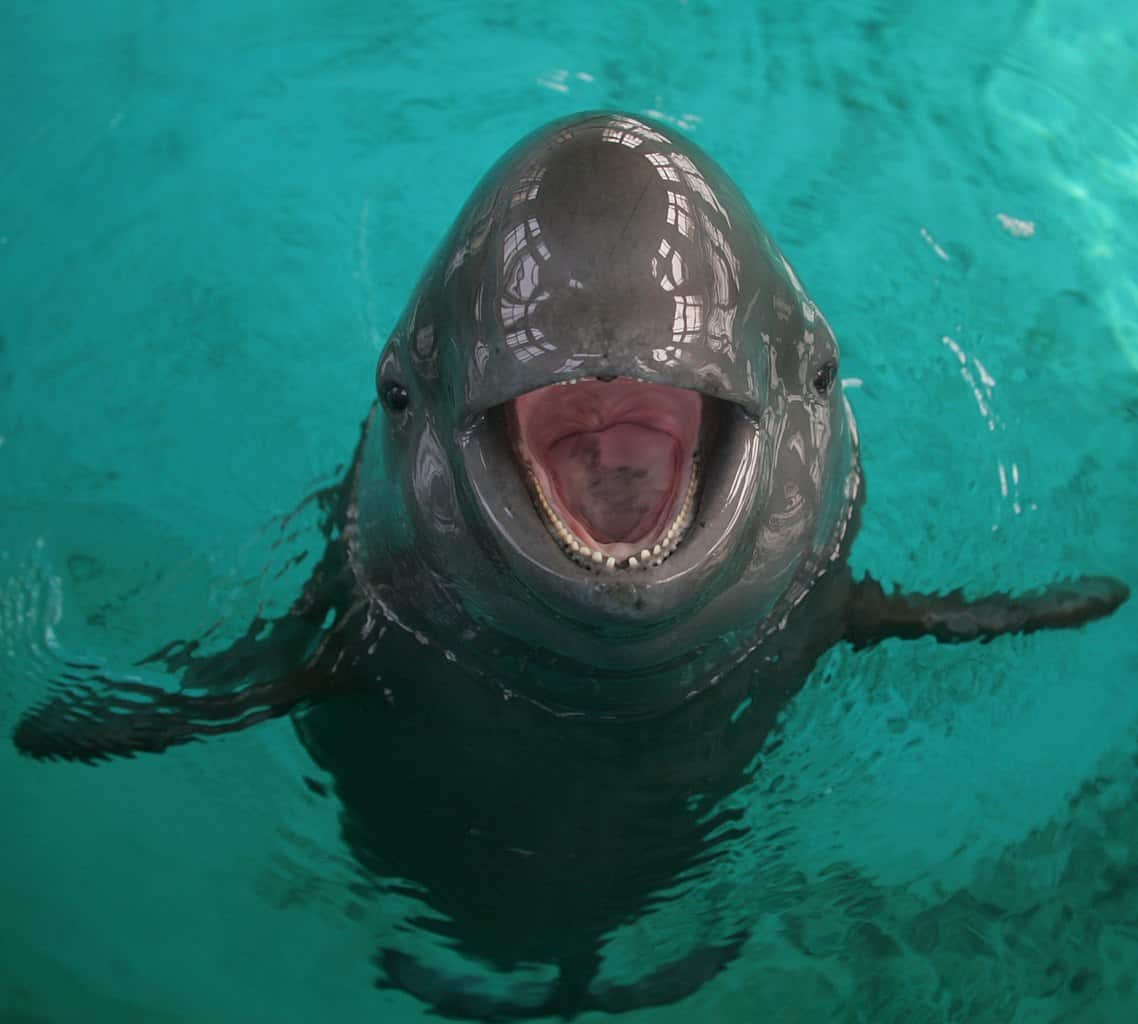
This remarkable freshwater porpoise inhabits the Yangtze River and adjacent lakes, but industrial activity and pollution have led to their sharp decline. With fewer than 1,000 individuals remaining, they’re the focus of dedicated conservation projects seeking to restore their habitat.
Saola

The saola, also known as the Asian unicorn due to its rarity and elusiveness, inhabits the Annamite Range of Vietnam and Laos. Ongoing habitat fragmentation and hunting pressure critically endanger this mysterious mammal.
Mountain Gorilla

Thanks to concerted conservation efforts, mountain gorilla numbers are gradually increasing. However, merely around 1,000 exist. Threats like habitat loss, disease, and human conflict remain serious concerns needing ongoing commitment and resource allocation.
Sunda Tiger
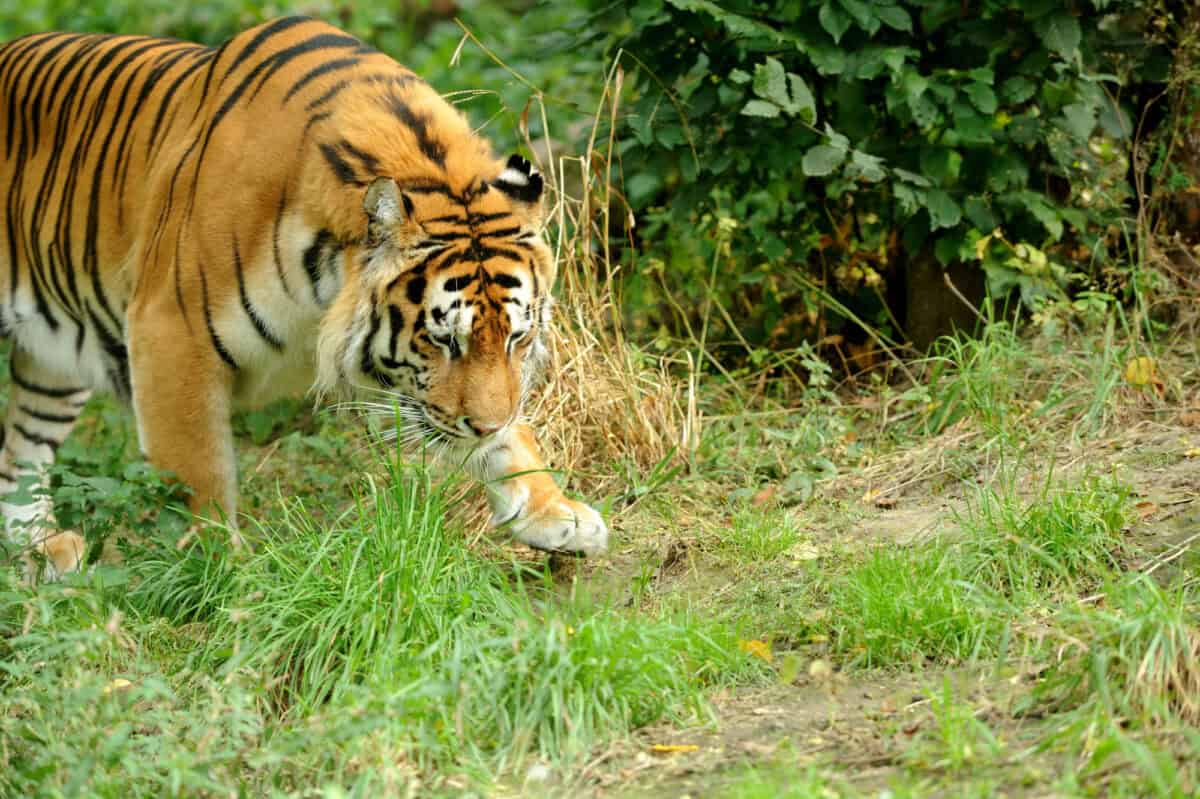
This critically endangered big cat, native to the Indonesian island of Sumatra, experiences habitat loss from deforestation and poaching. Conservation strategies focus on preserving forested areas and reducing illegal hunting practices.
Asian Elephant

Once widespread across Asia, the Asian elephant population is rapidly declining due to habitat loss, human-wildlife conflict, and poaching for ivory. There are an estimated 40,000-50,000 left in the wild, and their future hinges on effective habitat protection and community engagement strategies.
Black Rhino
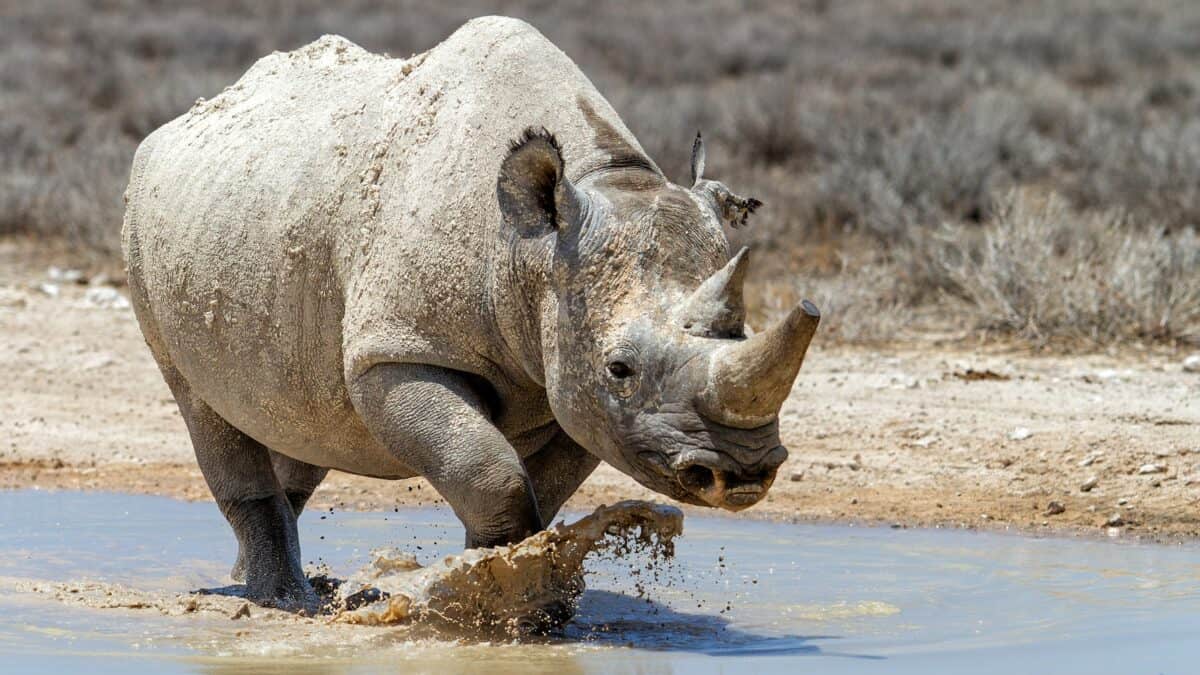
Despite conservation successes in recent years, the black rhino remains critically endangered. Poaching for rhino horn persists as the largest threat, requiring ongoing anti-poaching efforts and international cooperation to prevent its extinction.
Gharial
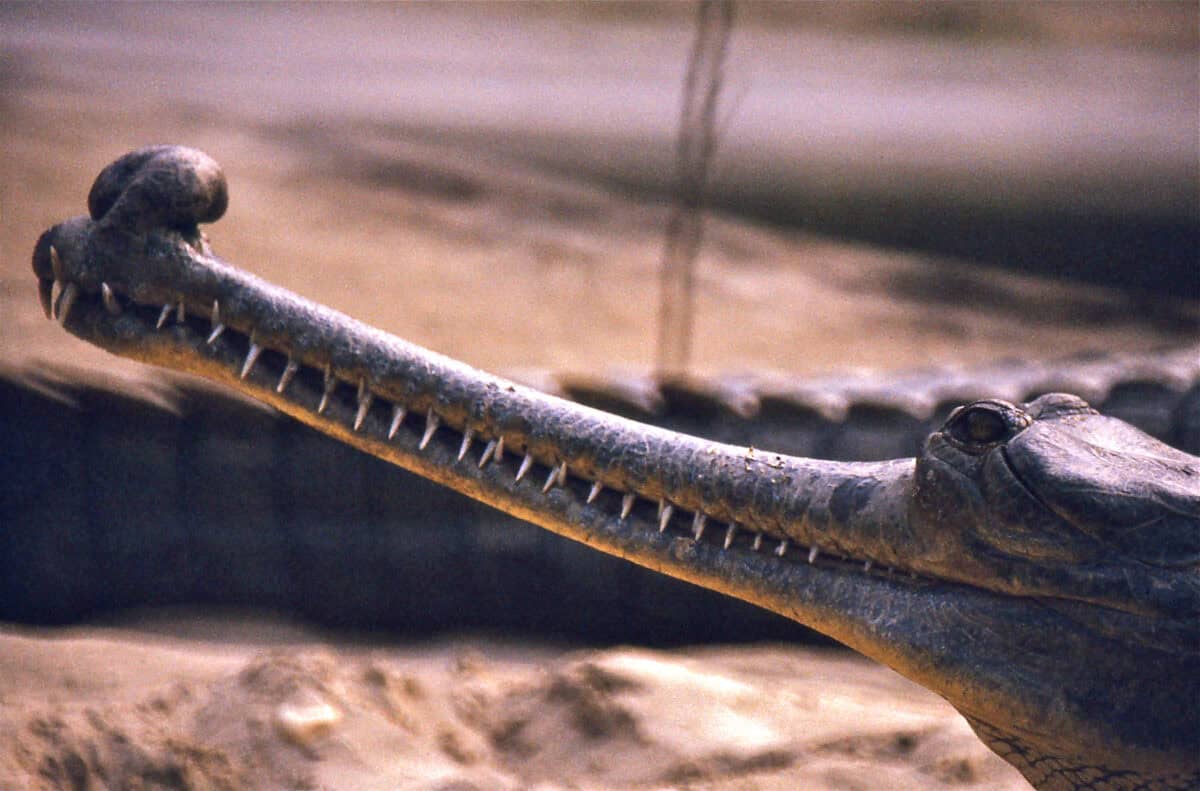
This fish-eating crocodilian from the Indian subcontinent is critically endangered, with fewer than 200 individuals in the wild. Human encroachment and river modifications for agriculture and development are significant threats to its survival.
Leatherback Turtle

The largest of all sea turtles, the leatherback turtle, faces a grim future due to climate change, fishing bycatch, and marine pollution. Conservation efforts focus on securing nesting sites and reducing threats from fisheries to save these ancient mariners.
Axolotl

Native to a few lakes in Mexico, the axolotl is critically endangered due to habitat destruction and pollution. Known for its remarkable regenerative abilities, preserving this unique amphibian involves habitat restoration and captive breeding programs.
Iberian Lynx

Once on the edge of extinction, the Iberian lynx population is slowly recovering in Spain and Portugal, thanks to intensive conservation efforts. Yet, their future remains uncertain due to habitat loss and reduced prey availability.
Snow Leopard

Adapted to the cold mountainous regions of Central Asia, the snow leopard is at risk due to poaching and climate change affecting their habitat. Conservation efforts are focused on securing habitats and reducing human-wildlife conflict.
Hooded Grebe
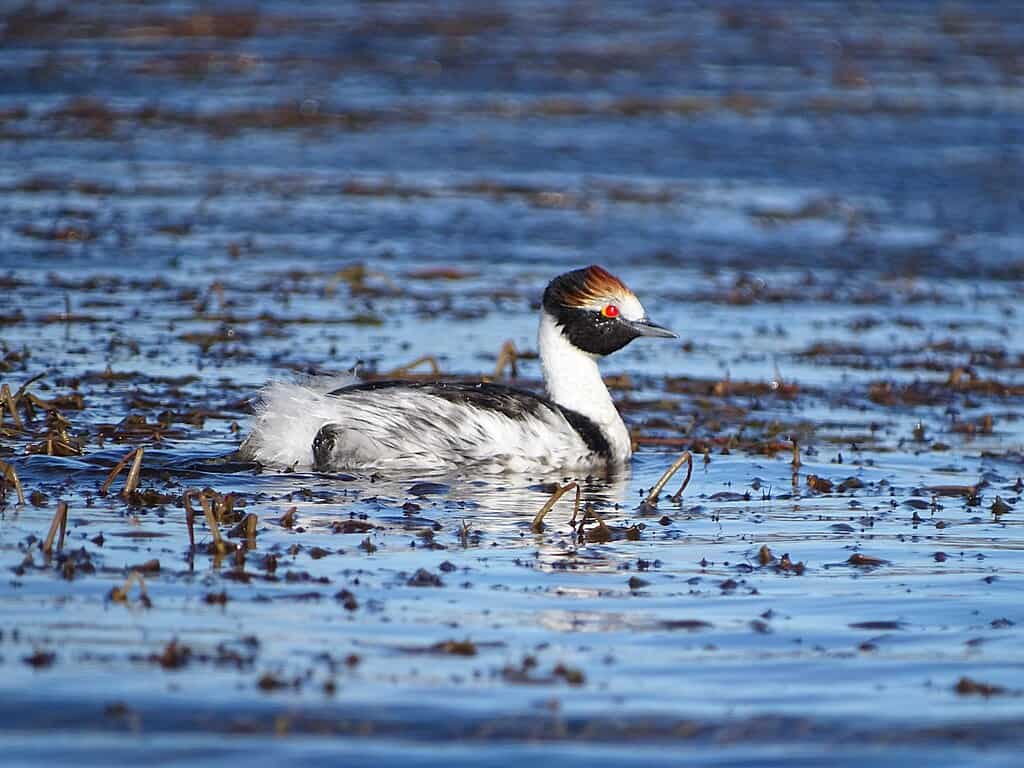
Endemic to remote Patagonian lakes, the hooded grebe is critically endangered due to habitat alteration and predation by invasive species. Protecting their fragile ecosystem is crucial for preventing their extinction.
Vaillant’s Nutcracker
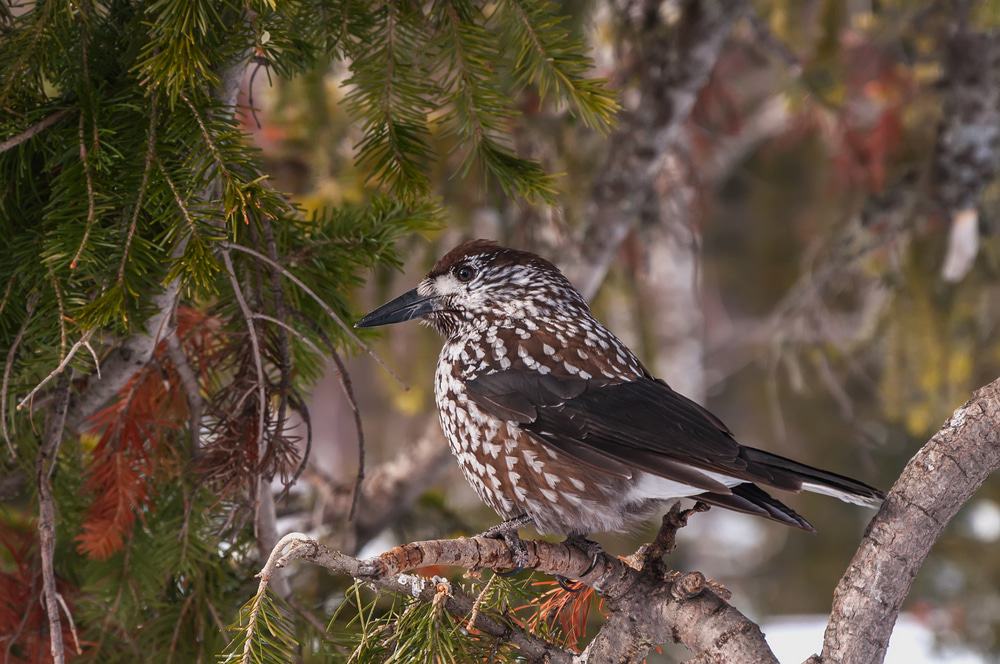
This bird species, reliant on the whitebark pine forests of North America, faces threats from climate-induced tree loss. Conservation strategies aim to protect and restore these vital forests to support the bird’s survival.
Asian Unicorn (Saola)

The saola, dubbed the “Asian unicorn” for its rarity, remains critically endangered due to rampant hunting and habitat destruction in the Annamite Mountains. Efforts to identify and protect its habitat are vital to conserving this elusive mammal.
Conclusion

The prospect of these animals disappearing represents more than just the loss of species—it signifies a profound disruption to ecosystems and human cultures worldwide. Conservation measures, public awareness campaigns, and international cooperation are essential to ensure these species don’t vanish. By acting now, we uphold our responsibility to preserve Earth’s vast biodiversity for future generations, ensuring that these fascinating creatures aren’t lost to the annals of history.
- 10 Common Chicken Behaviors and What They Mean - August 9, 2025
- 14 Creatures That Can Freeze and Thaw Back to Life - August 9, 2025
- 10 Animals That Risked Their Lives to Save Humans - August 9, 2025

